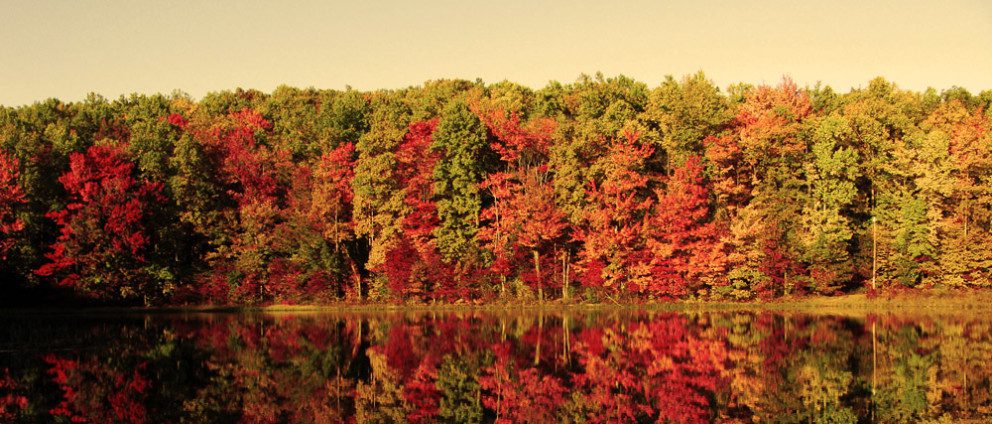Bad Trees Make Bad Seeds is a key concept when planning a timber harvest. There are numerous legitimate objectives to consider. These include preventing soil erosion, providing quality saw-timber, pulpwood, firewood, and other wood products. It is also important to improve the overall quality and future potential of the woods through proper management.
Strategic Tree Removal

In addition to mature, financially-valuable trees, certain trees should also be removed from the genetic makeup of the woods. This is done to improve overall stand quality and value. Removing trees with inferior traits such as low limbs and crooked stems will improve the overall genetic makeup of the woods.
In particular, the lower quality trees that should also be considered for removal are crucial. This will facilitate proper Timber Stand Improvement objectives.
- Suppressed trees that will not live until the next thinning
- Trees too crooked, forked, or limby to make a No. 2 sawlog
- Trees with fire scars and injuries from insects, disease, wind, or ice
- Trees on the wrong site (such as a water oak growing on a ridge)
- Trees that are mature and slow-growing
- Any tree that will not contribute to the net value of the stand at the next thinning
- Wolf trees with large crowns that occupy too much growing space or shade out more desirable species
Bad Trees Make Bad Seeds
By developing a comprehensive forest management plan, Timber Works will not only help you generate a financial return from the harvesting of your standing timber. Moreover, we will ensure that your woods will be healthier, better-stocked. They will also be more capable of additional financial returns in the future.

Through properly executing a forest management plan you will move your woods towards stocks of high quality trees, faster growing trees. There will also be some mast and den trees for wildlife. Proper harvesting also spaces trees seed to maximize their growth potential.
Genetic Culling of Poor Quality Trees
While it sometimes seems counter-intuitive, our professional forester will mark certain small or low quality trees for removal. This aligns with the forest-management objectives outlined above. You see, bad trees make bad seeds, so removing these trees improves the quality of the stand of timber over time.

